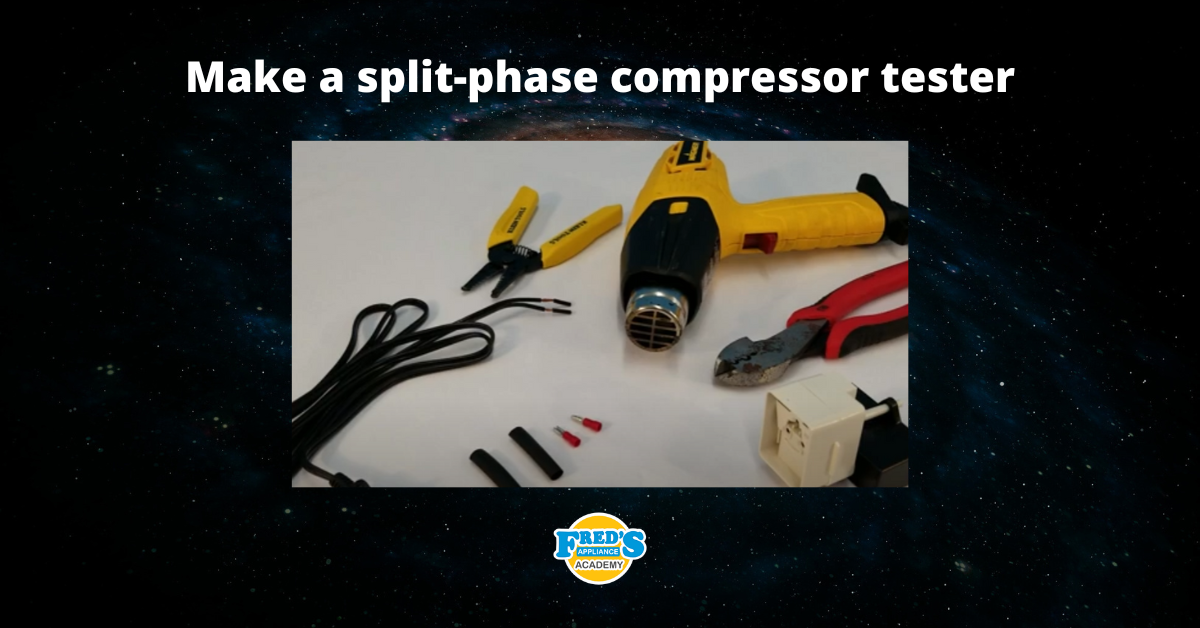
Refrigerators ultimately serve one main function in your home: to cool and store foods to a temperature below room temperature. If your GE refrigerator is currently failing to do this, it’s vital that you find a quick solution. This simple guide to diagnosing and fixing various faults relating to the temperature of the unit is the perfect resource to find the answers you need.
While GE Appliances boasts a solid reputation for producing some of the best refrigerators on the market, many of which can last for up to 20 years, cooling issues are among the most common problems. Moreover, it’s a serious issue that can seriously impact the shelf life of your foods, which is why an immediate solution is needed. This guide will cover you for the following models;
GNE27JYMFS GNE27JSMSS
GNE27JMMES GNE27JGMWW
GNE27JGMBB GNE25JSKSS
GNE25JMKES GWE19JMLES
GNE25JGKBB GWE19JSLSS
GNE25JGKWW GWE19JGLWW
GWE19JGLBB
Why Isn’t Your GE Refrigerator Cooling Your Produce?
While the function of the refrigerator is fairly simplistic, the truth of the matter is that your appliance relies on several constituent parts to maintain the correct temperature on a consistent basis. Several telltale signs that your GE fridge isn’t working as it should, such as;
- Excessive condensation,
- The motor runs hot,
- The fridge is quite loud,
- Food spoils far quicker than it should.
- Food is at room temperature to touch.
All of the above issues can be linked to problems with the cooling facilities, which can consequently be attributed to one of many issues. Here are some of the leading candidates that you must troubleshoot in order to find a solution.
Power Supply
A lack of power is the easiest fault to identify, but it is surprisingly easy to ignore unless you tend to open the GE fridge late at night. The easiest way to tell whether the refrigerator receives power is to open the door – if the light turns on, the appliance does receive power.
If the power does not come on, which will also be met by a noticeable lack of operational noise, there are several potential solutions. Try plugging the unit into another socket or using a multimeter to check the current. Alternatively, you may need to change the plug fuse or replace the plug altogether.
Thermostat Dials
The thermostat in your GE appliance was probably set to between 35°F and 37°F. However, it’s very easy to knock the dial without realizing it. The modern GE models mentioned above all have the dial found inside the fridge compartment while fridge-freezer units utilize a dual temperature dial.
For dual temperature dials, the left dial is for the freezer, and the right dial is for the refrigerator. The dial runs from 1 (the warmest) to 9 (the coolest) while switching the dial to 0 will turn off the cooling. It does take 24 hours after installation for the cooling unit to work, so don’t panic on day one.
Faulty Temp Sensor
Setting the thermostat to the desired level won’t achieve much if the fridge’s computer fails to receive the right data. The thermistor, otherwise known as the temperature sensor, is responsible for detecting the temperature and sending the necessary info to the control board.
If the temperature does not seem to cool even after changing the temperature dial, you may need to invest in a new thermistor (part WR55X10025) to correct the issue. When fitting this new part, it’s vital to disconnect the GE refrigerator from the power supply.
Fan Faults
The condenser fan is a key component for managing the temperature within the appliance. It sucks air through the front grille before circulating it condenser coils and over the compressor. One of the simplest troubleshooting steps is to defrost the fridge compartment of your appliance.
Doing this frees up the blades that had previously been immobilized by the ice. If supporting the blades in this way fails to achieve the desired outcome, it may be necessary to find a new fan motor. The fan is located towards the floor at the back of your GE appliance.
Seals & Level
The magnetic door seals, otherwise known as door gaskets, can also cause major problems by allowing cool air from inside the fridge to escape. Aside from affecting the temperature inside the refrigerator, it forces the condenser fan to work even harder. This will cost more money.
Seals can become damaged over time, not least if you open the door incorrectly. Meanwhile, it should be noted that a GE fridge that does not sit level in the room can allow cold air to escape. Using a spirit level to check the positioning of the fridge is key. Naturally, it needs ventilation space too.
Additional Faults
As already stated, the fridge needs a wide range of components to work efficiently on an individual and collective basis. Coils may be clogged, the cooling unit may have run out of coolant, or there may be frost on the evaporator coils. Issues with the start capacity and start relay aren’t uncommon either.
Problems with the main control board, including the signals to it, can cause a loss or reduction of cooling attributes too. In some cases, problems with freezer compartments, the ice maker, and other elements can subsequently lead to problems with the fridge cooling facilities too.
What If Troubleshooting Fails
Even before you try to troubleshoot your problem, it should be noted that the modern GE appliances come equipped with a QR code and serial tag (located inside the fridge towards the top corner) that can be scanned to take you directly to the GE website’s troubleshooting page for the exact model. Depending on the age of your product, it may still be covered by the warranty too.
If you are still struggling to diagnose the source of your problems or need help with finding genuine spare parts or completing the repair work, get in touch with our experts today. Whether the best solution is to repair or replace the model, we’ll make the process smoother than you ever thought possible.
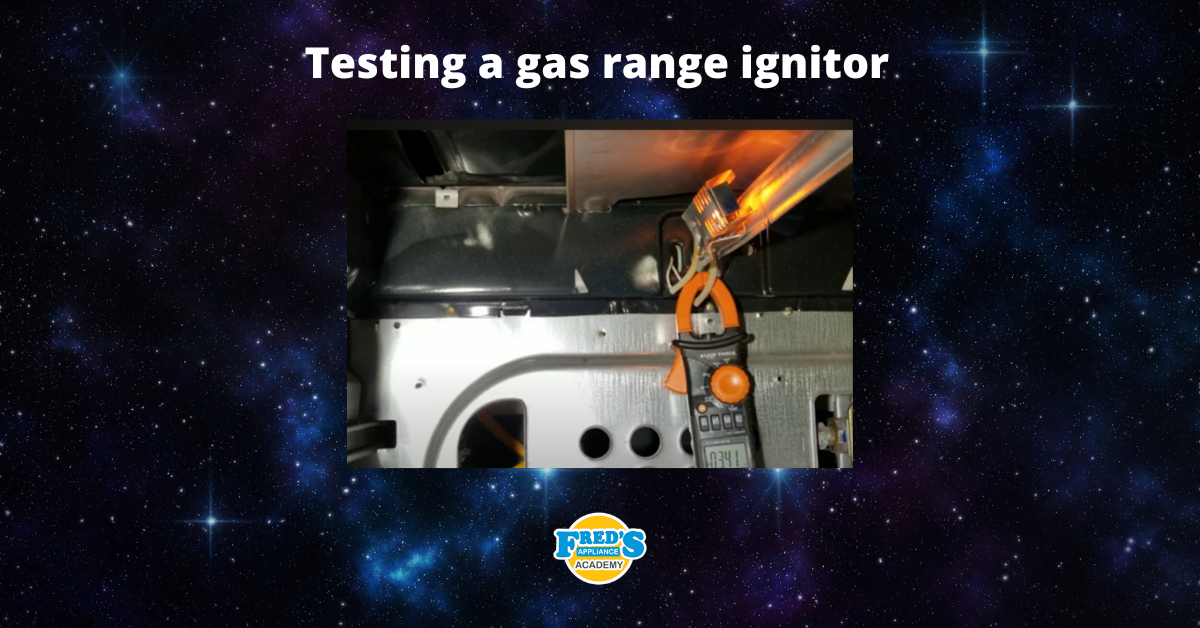
How to test a gas range ignitor

Congrats to our graduating March 2024 class
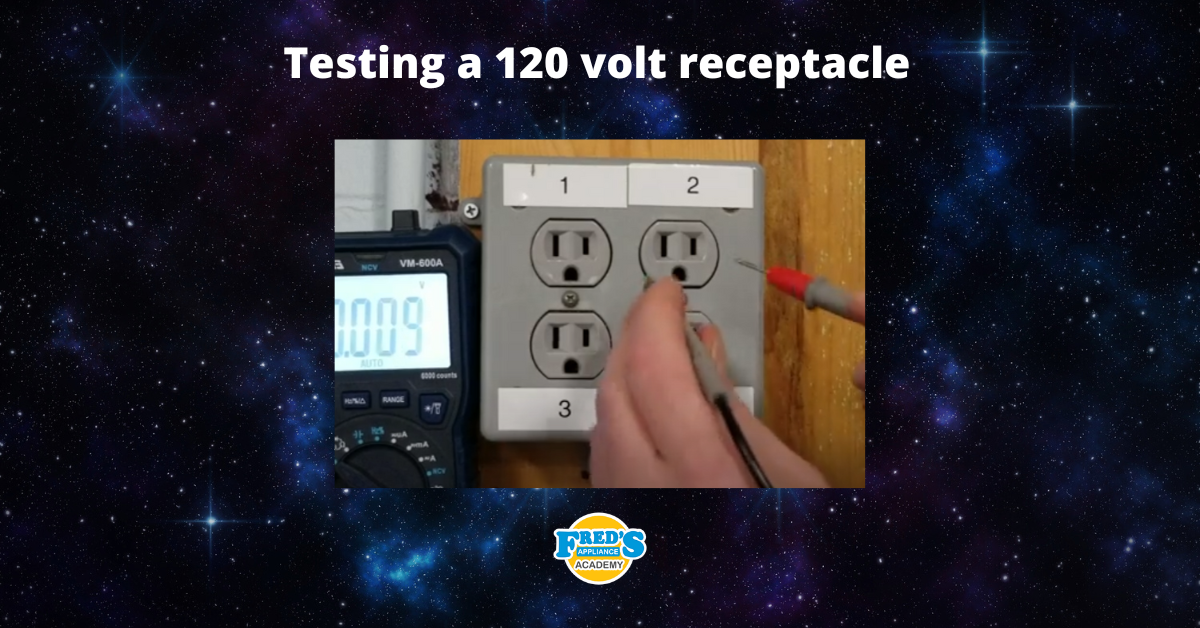
How to test a 120 volt receptacle

Congrats to our graduating February 2024 class
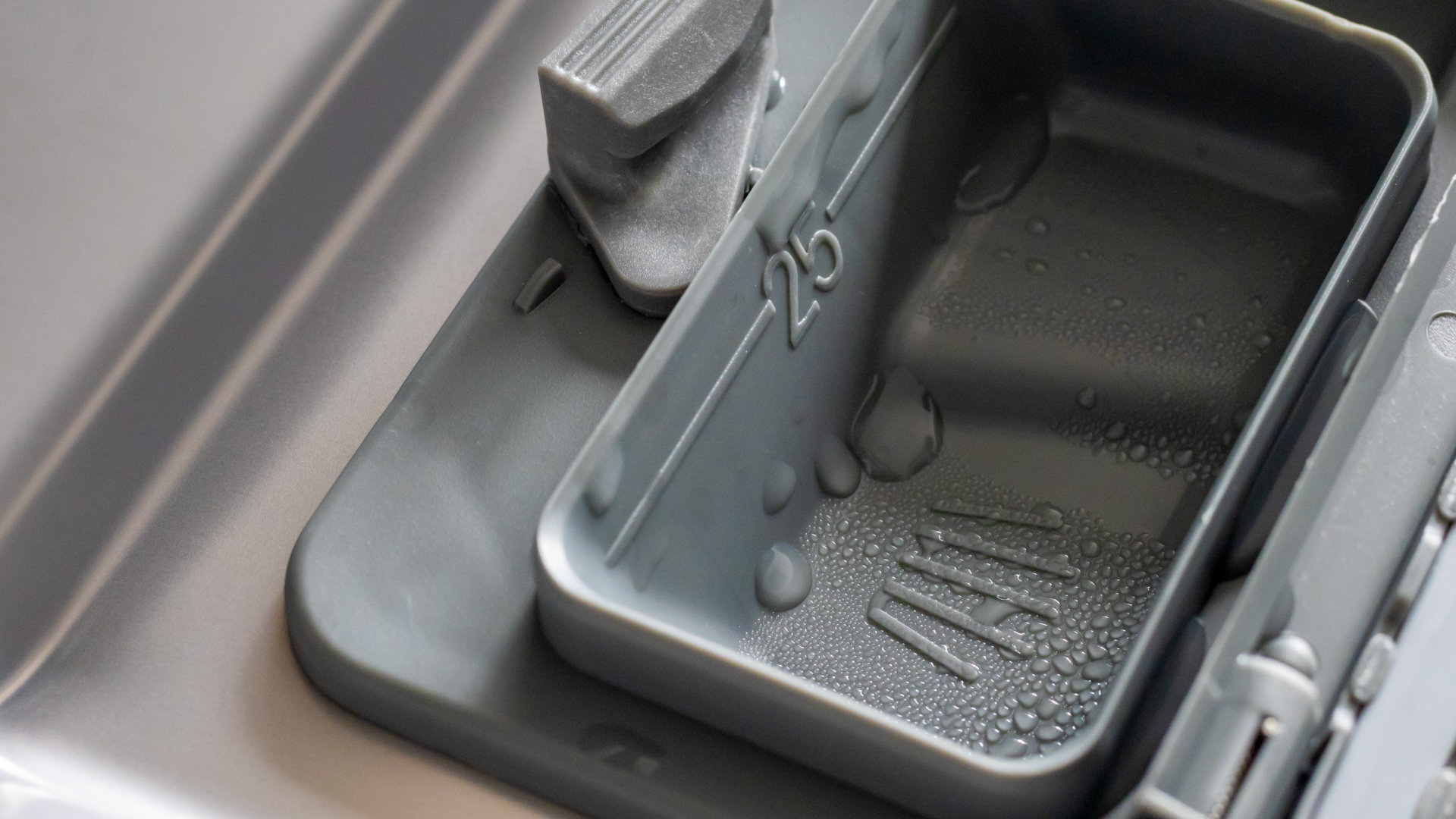
Why Is Your Dishwasher Soap Not Dissolving? (5 Easy Fixes)
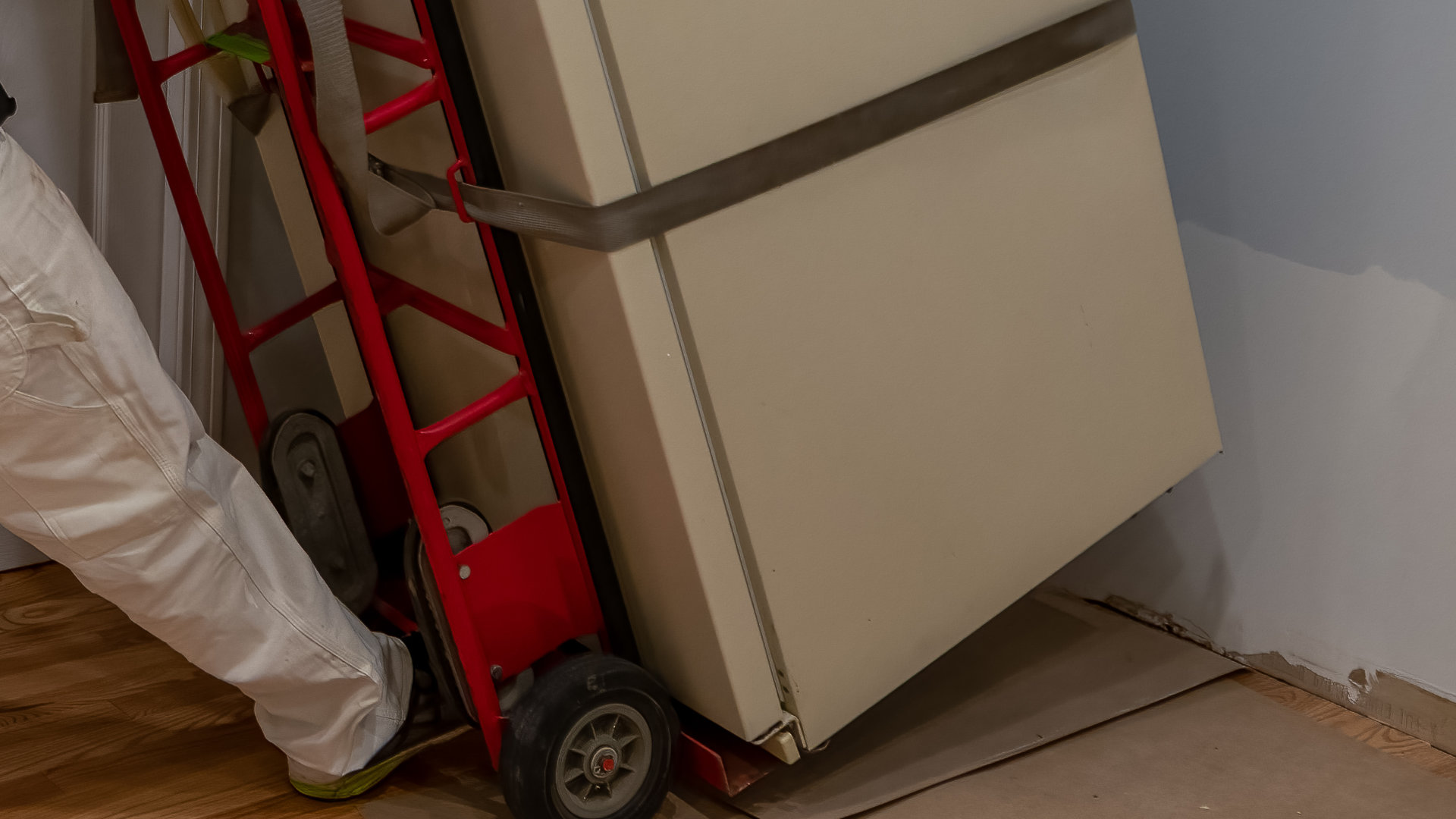
Refrigerator Dripping Water Inside? 5 Quick Fixes

Appliance Industry 2023 Q4 Results

Congrats to our graduating January 2024 class
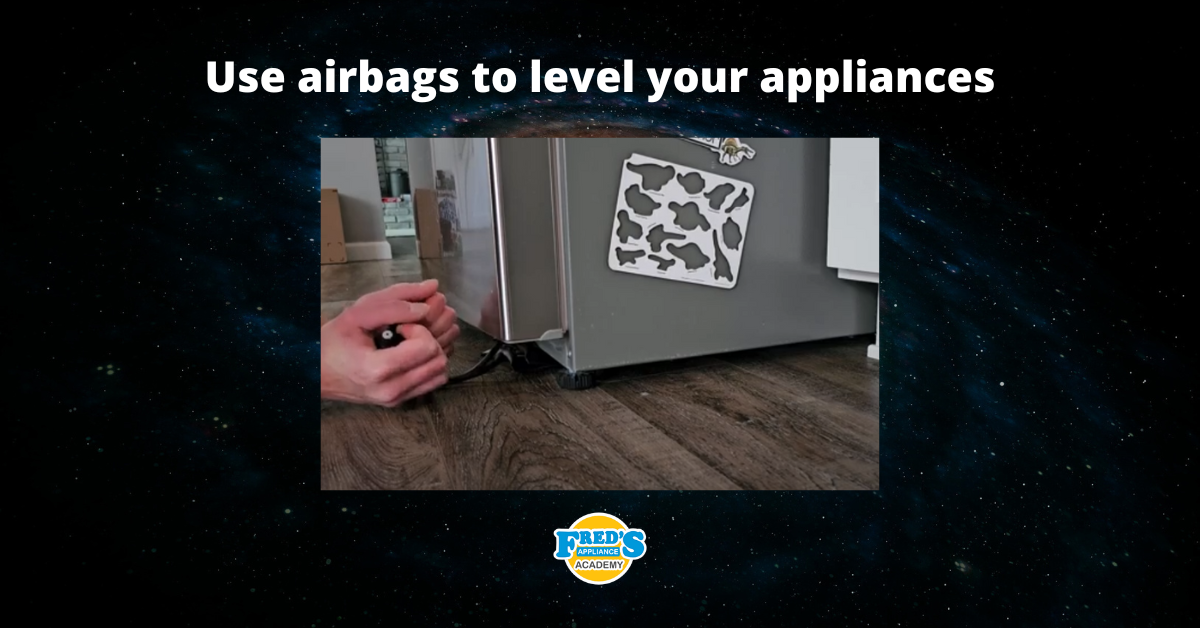
Clever ways to use airbags to level your appliances
